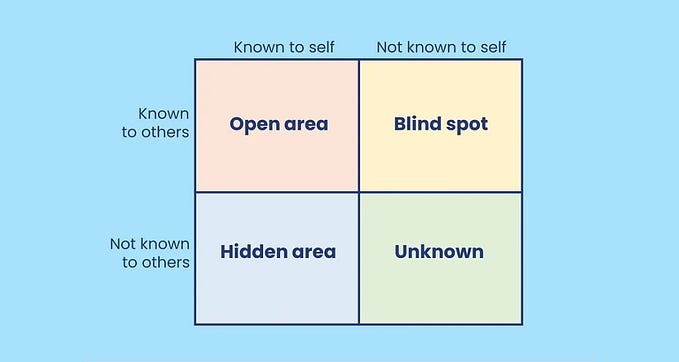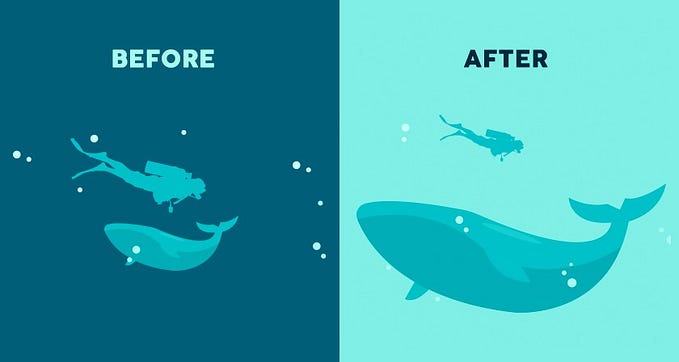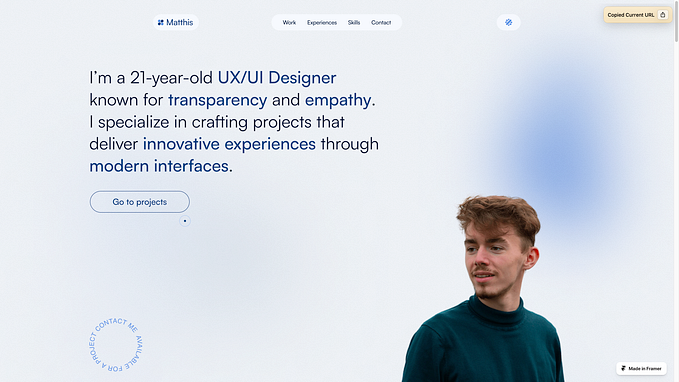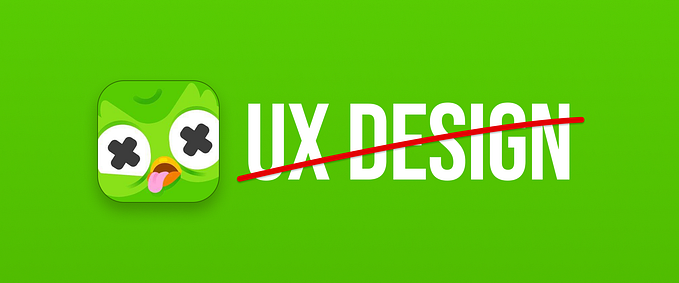State of UX in 2020
The death of design files
Back in 2006, Google Docs changed the way we collaborate: no more attaching files to your emails. A similar transformation is now happening with design files, and we are finally able to streamline our workflow while collaborating with more disciplines in real time.

File management has always been a popular topic within the design community, from jokes about the way we label our files to thoughtful discussions on file versioning and how to share files with our stakeholders.
But what happens when we don’t have files at all?
In 2019 we have seen designers from companies big and small gradually shift their workflow to a file-less model — whether they are jotting down ideas in Dropbox Paper, defining content strategy on a Google Spreadsheet, organizing project information on Notion, wireframing on Whimsical, or designing the UI entirely on Figma.
The output of our work is not a design file
Let’s be honest: every year there is a new list of tools that designers struggle to keep up with. This year was no different, except for one thing: instead of focusing on novelty features, design tools are shifting their focus towards better collaboration.
The product of our work as designers is not the mockup we hand off at the end of our workday; it’s every decision we made with the team and how we influenced the organization at large.
In that sense, owning design files is an outdated concept. “In a pure cloud world, this atomic unit of documents seems increasingly archaic. Documents are more a constraint of a pre-cloud world,” explains Kevin Kwok in his essay The Arc of Collaboration.
The main reason we design something is to be able to share it with our business stakeholders, product managers, developers, and users. Designing is sharing.
If a prototype is finished but isn’t shared with the team — does it really exist?
Collaboration, baked in
It will take time for designers to fully accept the idea of a file-less design workflow. While in the past UI tools have been fighting a feature parity battle, each trying to become the one-stop shop for design, prototyping, and feedback, in 2019 the tools leapfrogging the competition are the ones offering accessible collaboration in real time.
“When Figma first launched at the end of 2016, the industry wasn’t ready for a ‘file-less’ design process and we had a lot of detractors. We had to win people’s trust and prove that a web-based design tool could be just as fast and powerful as a native application. We also had to show designers that their productivity wouldn’t grind to a halt if other people and teams had open access to their design work.” — explains Noah Levin, Design Director at Figma.
A tale of breaking down barriers
As companies aim to become more design-driven, browser-based tools open up doors for new levels of collaboration.
When designers are not the key holders anymore, we can invite other people to participate in our process. Our value is no longer the fact we are the only ones able to make changes to the design file. Instead, we can focus on why these changes are needed in the first place.
Although initially many designers had reservations about allowing other people to watch and follow their work in real time, they are gradually realizing that the benefits of real-time collaboration greatly outweigh the downsides.
Specialized tools won’t cease to exist any time soon: as designers, we will continue to rely on Photoshop for image editing, After Effects to demonstrate more refined animations, and Illustrator to dive deeper into an illustration style for our brand.
For product designers, whose value is not just creating mockups, 2020 will be the year to focus on tools that augment our collaboration superpowers and help us reach new parts of the organization.
This article is part of our State of UX report: a holistic analysis of digital design as a discipline, and what to expect for the future.







